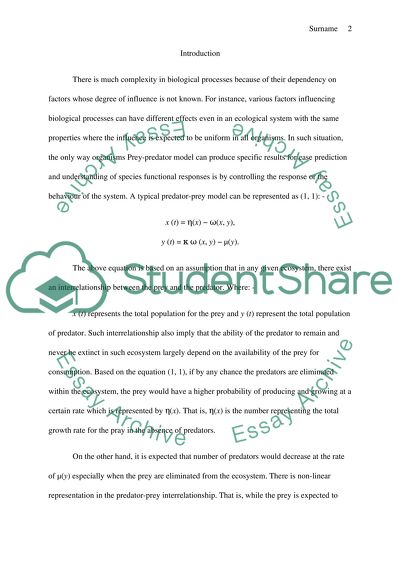Cite this document
(“Stability of Ecosystem: Global Properties of a General Predator-Prey Essay”, n.d.)
Retrieved from https://studentshare.org/mathematics/1393252-math-for-biology
Retrieved from https://studentshare.org/mathematics/1393252-math-for-biology
(Stability of Ecosystem: Global Properties of a General Predator-Prey Essay)
https://studentshare.org/mathematics/1393252-math-for-biology.
https://studentshare.org/mathematics/1393252-math-for-biology.
“Stability of Ecosystem: Global Properties of a General Predator-Prey Essay”, n.d. https://studentshare.org/mathematics/1393252-math-for-biology.


